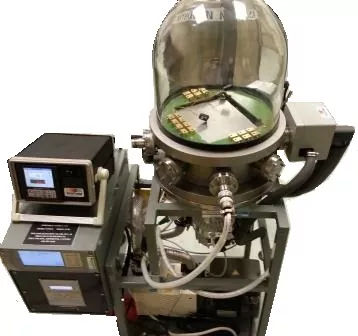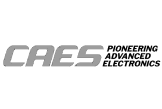The efficient advantages of thermal platforms are a natural for conductive heat transfer in high vacuum applications. With all the new hardware going into space, where service calls are rare, thermal vacuum testing is important part of testing high altitude and satellite equipment.
–70°C to +175°C, vacuum to 1×10-6 Torr
Affordable and configurable for your application. Simultaneous high vacuum and thermal testing without renting time at a test lab. Thermal platforms to fit your vacuum chamber or fully turn-key systems. Platform shown inside bell jar is 6.5” x 7.5”, other sizes and different bell jars available.
























